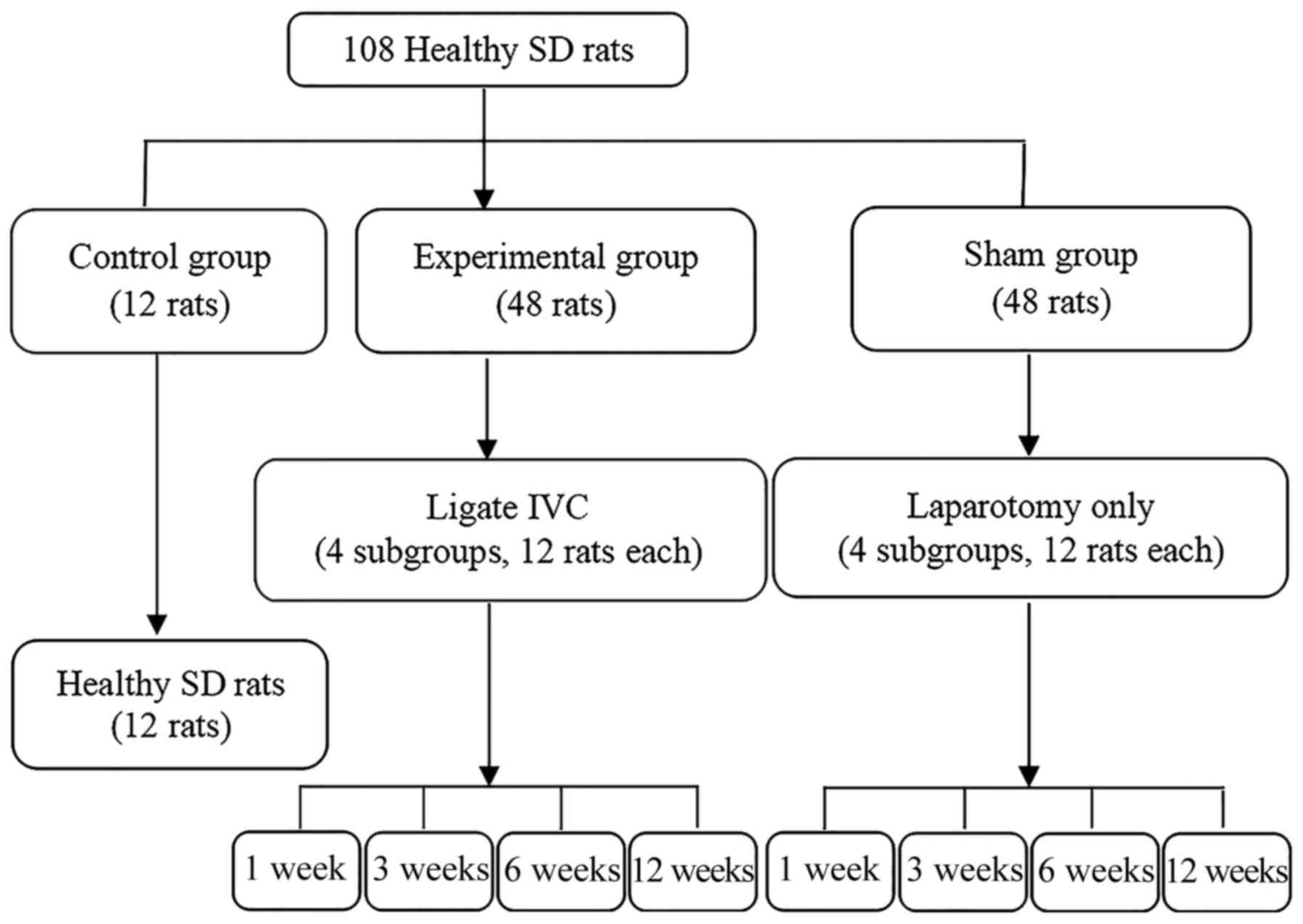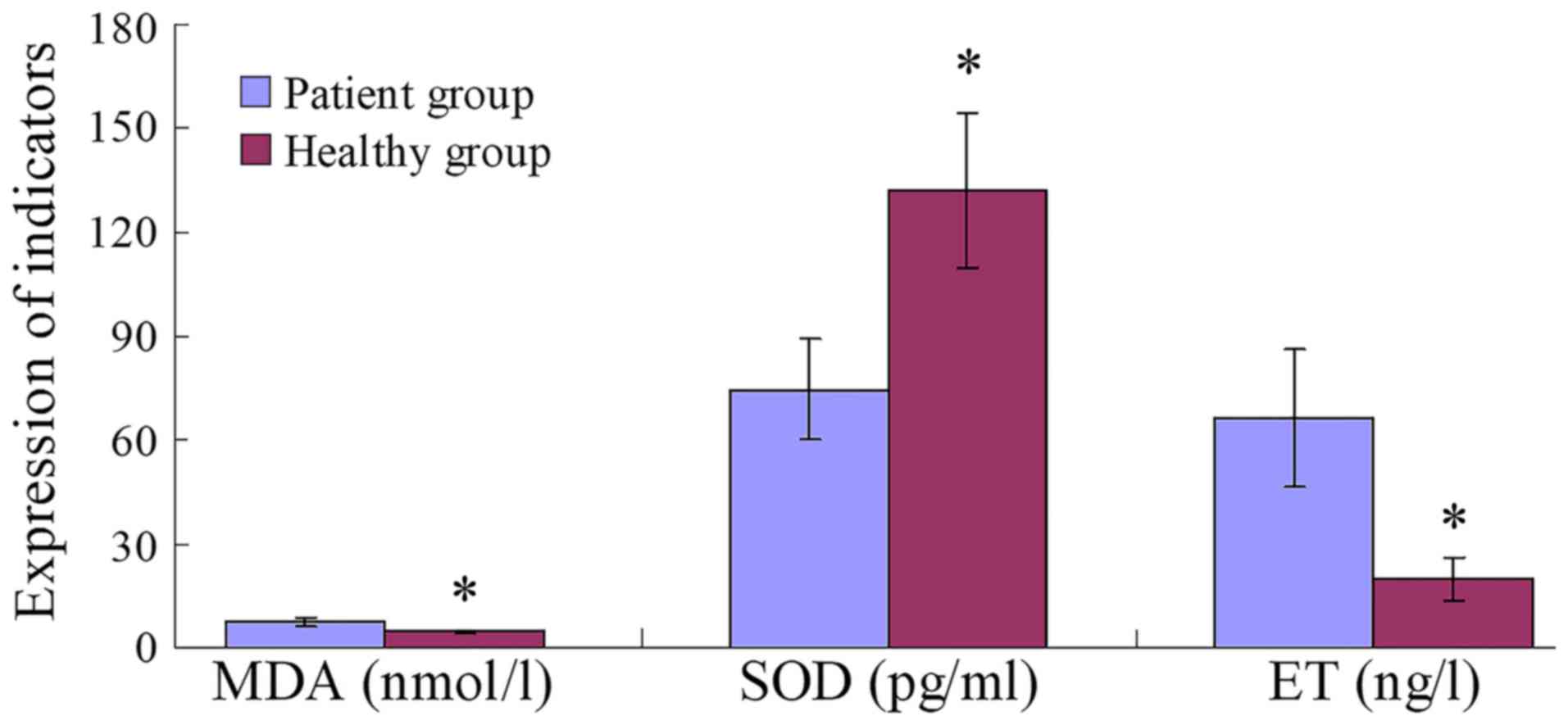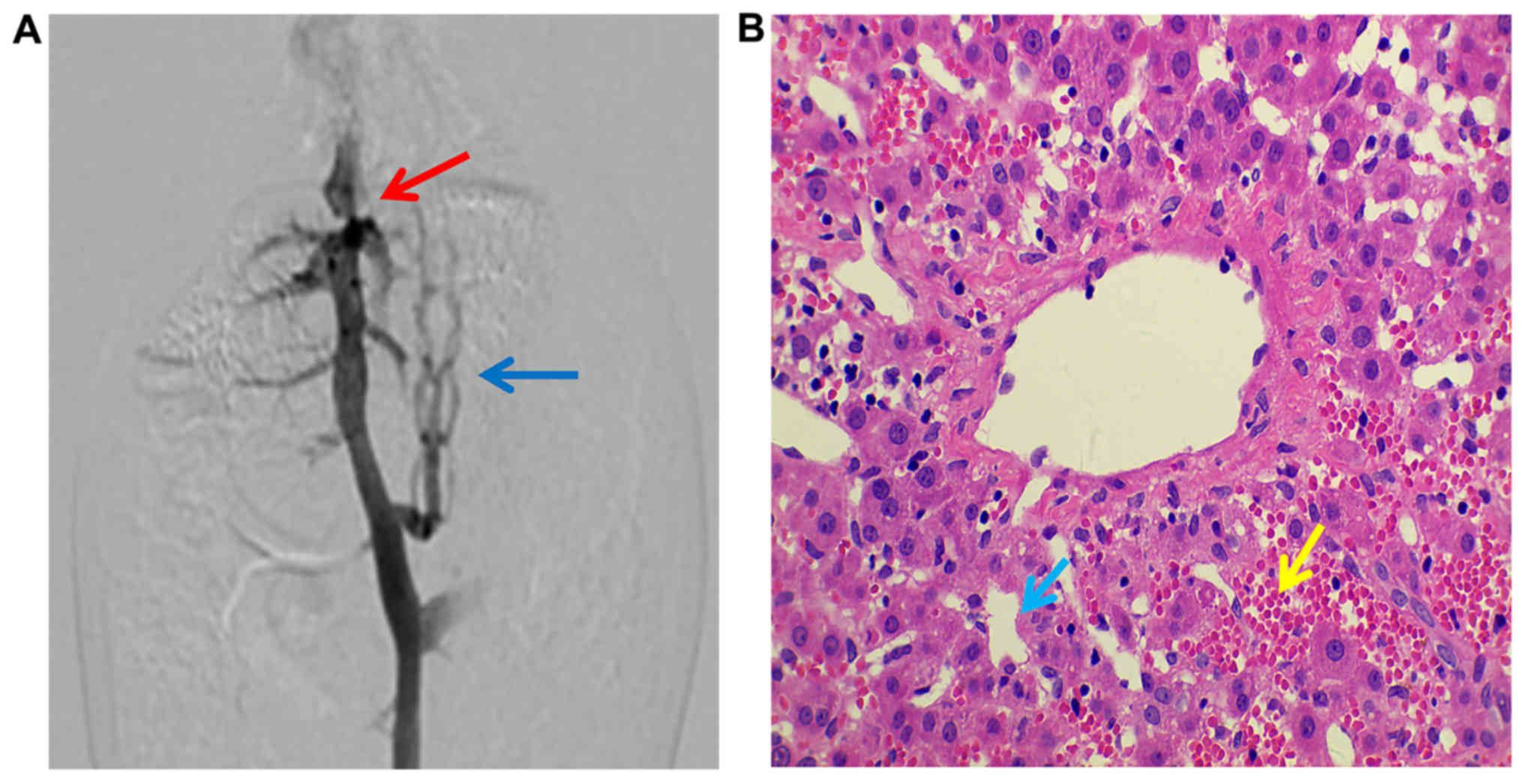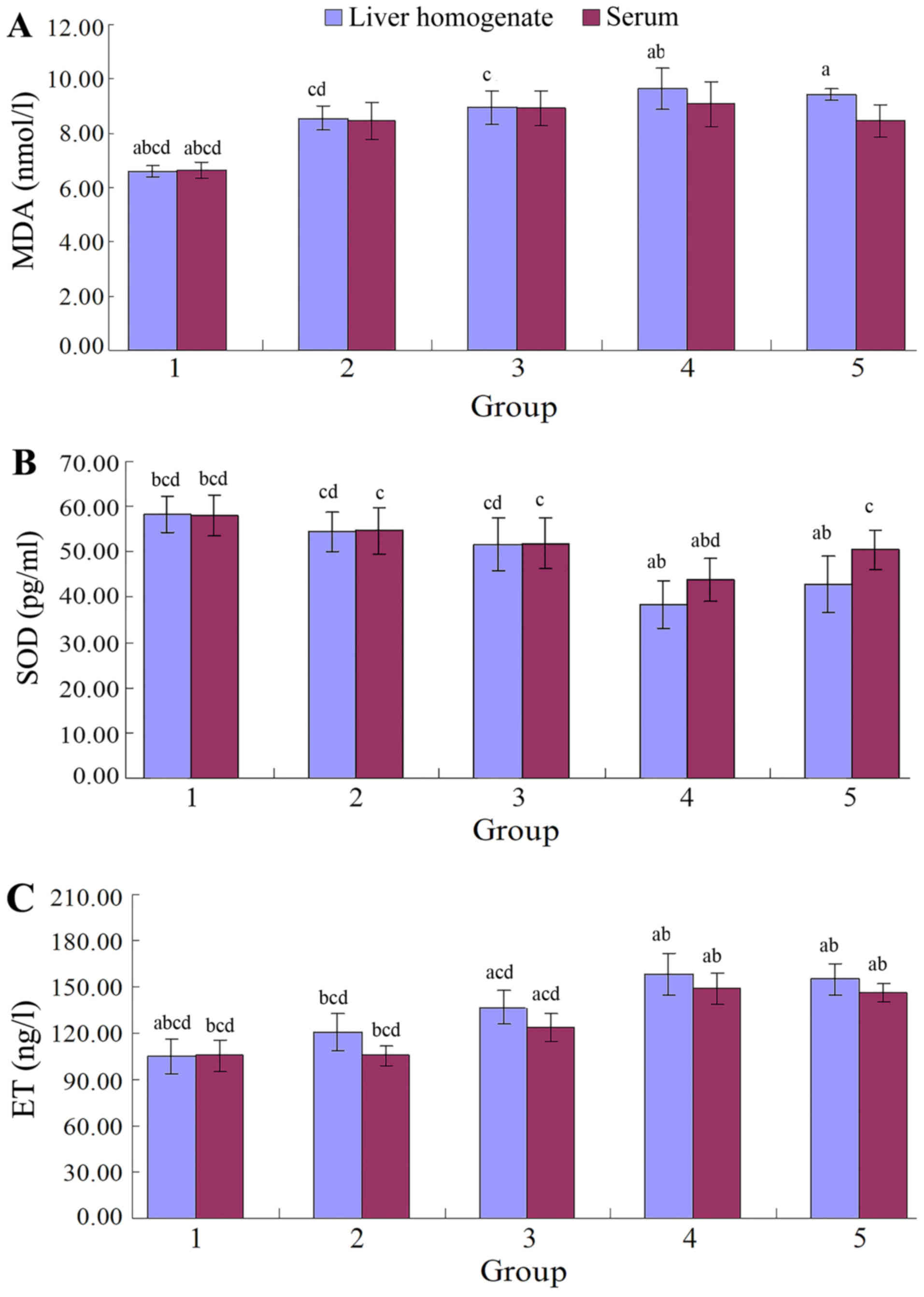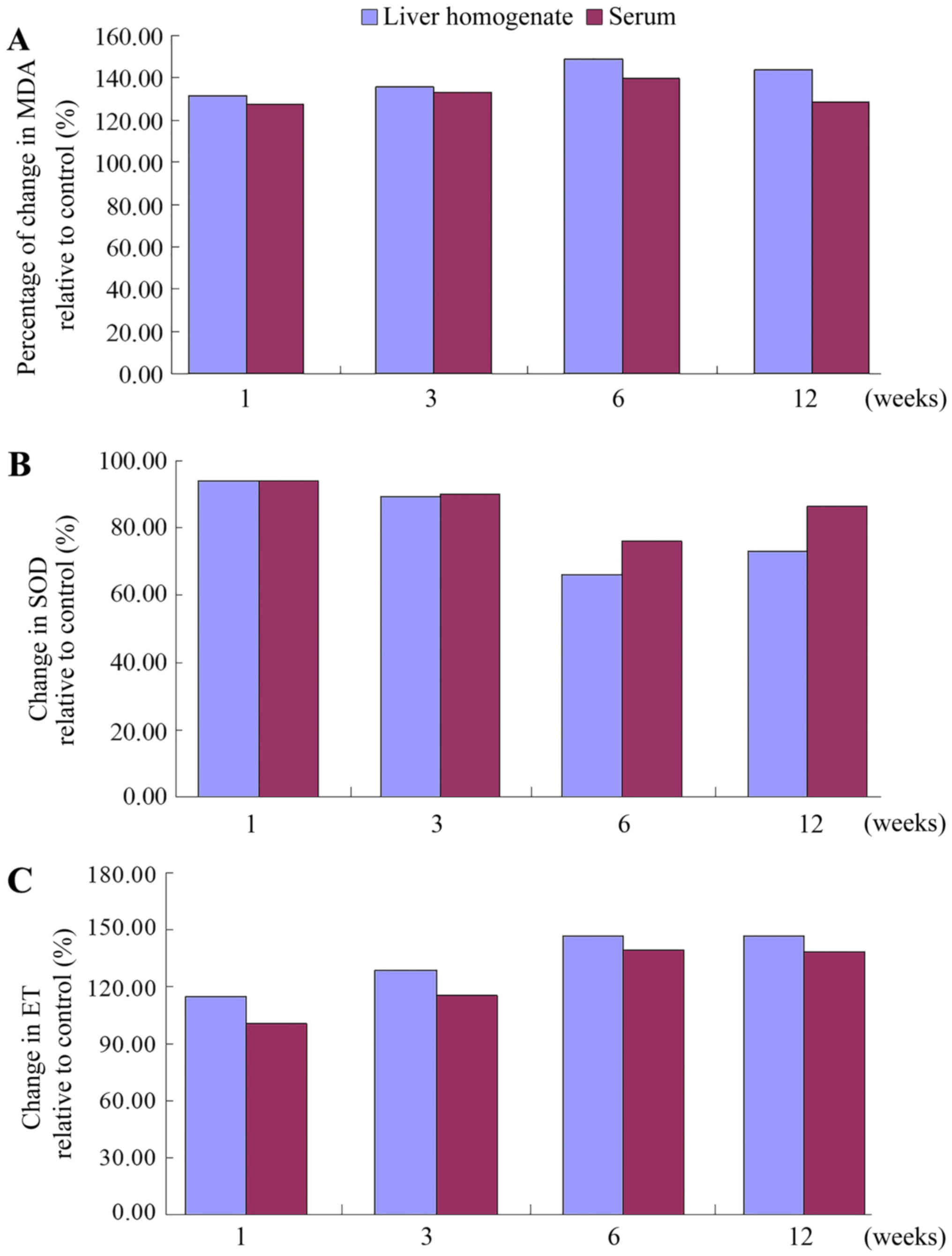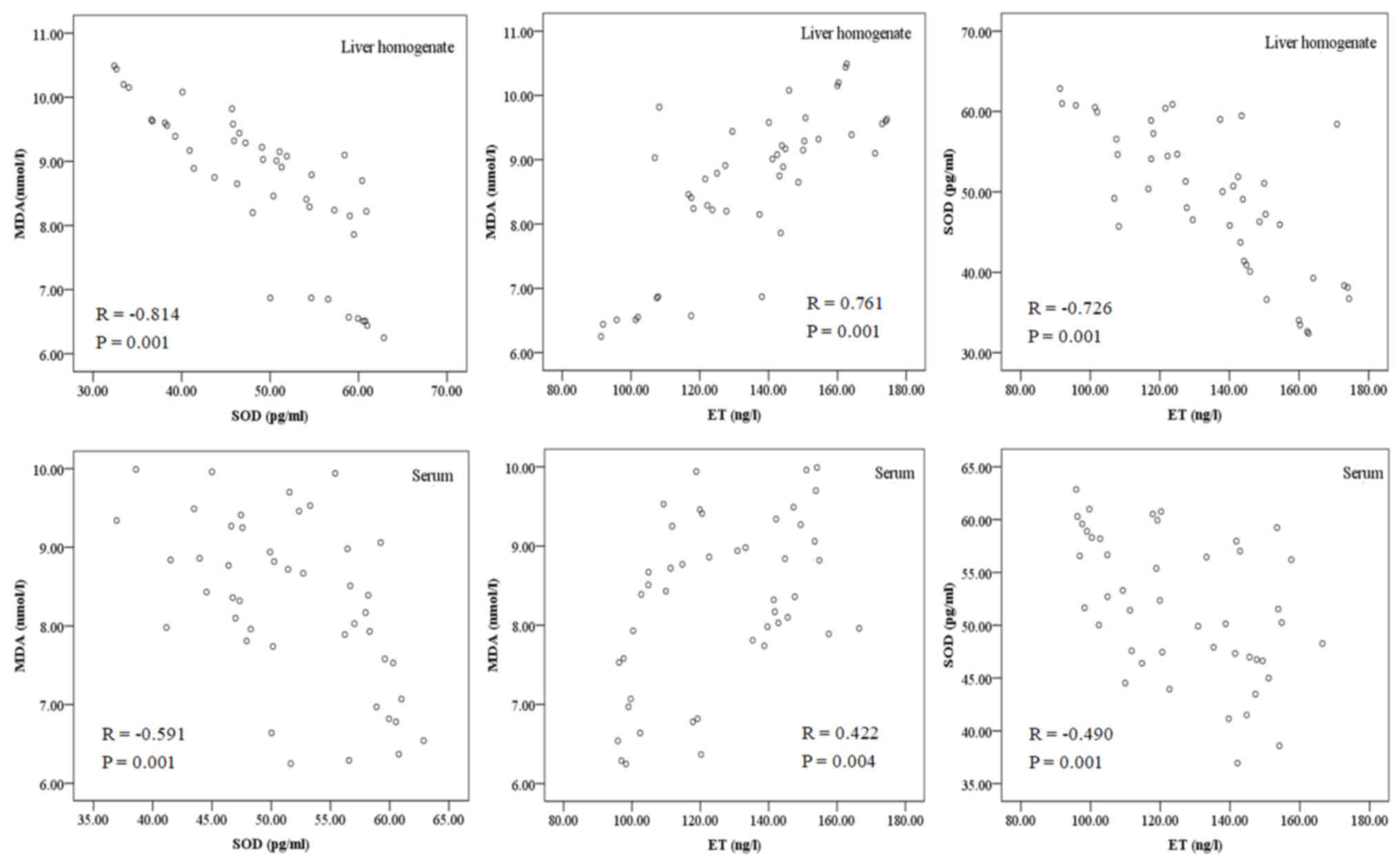|
1
|
Martens P and Nevens F: Budd-Chiari
syndrome. United European Gastroenterol J. 3:489–500. 2015.
View Article : Google Scholar : PubMed/NCBI
|
|
2
|
Aydinli M and Bayraktar Y: Budd-Chiari
syndrome: Etiology, pathogenesis and diagnosis. World J
Gastroenterol. 13:2693–2696. 2007. View Article : Google Scholar : PubMed/NCBI
|
|
3
|
Pavri TM, Herbst A, Reddy R and Forde KA:
Budd-Chiari syndrome: A single-center experience. World J
Gastroenterol. 20:16236–16244. 2014. View Article : Google Scholar : PubMed/NCBI
|
|
4
|
Akamatsu N, Sugawara Y and Kokudo N:
Budd-Chiari syndrome and liver transplantation. Intractable Rare
Dis Res. 4:24–32. 2015. View Article : Google Scholar : PubMed/NCBI
|
|
5
|
Bayraktar UD, Seren S and Bayraktar Y:
Hepatic venous outflow obstruction: Three similar syndromes. World
J Gastroenterol. 13:1912–1927. 2007. View Article : Google Scholar : PubMed/NCBI
|
|
6
|
Maleki M, Vakilian F and Amin A: Liver
diseases in heart failure. Heart Asia. 3:143–149. 2011.PubMed/NCBI
|
|
7
|
Fouad YM and Yehia R: Hepato-cardiac
disorders. World J Hepatol. 6:41–54. 2014. View Article : Google Scholar : PubMed/NCBI
|
|
8
|
Waseem N and Chen PH: Hypoxic hepatitis: A
review and clinical update. J Clin Transl Hepatol. 4:263–268.
2016.PubMed/NCBI
|
|
9
|
Debevec T, Millet GP and Pialoux V:
Hypoxia-induced oxidative stress modulation with physical activity.
Front Physiol. 8:842017. View Article : Google Scholar : PubMed/NCBI
|
|
10
|
Li S, Tan HY, Wang N, Zhang ZJ, Lao L,
Wong CW and Feng Y: The role of oxidative stress and antioxidants
in liver diseases. Int J Mol Sci. 16:26087–26124. 2015. View Article : Google Scholar : PubMed/NCBI
|
|
11
|
Feng Y, Wang N, Ye X, Li H, Feng Y, Cheung
F and Nagamatsu T: Hepatoprotective effect and its possible
mechanism of Coptidis rhizoma aqueous extract on carbon
tetrachloride-induced chronic liver hepatotoxicity in rats. J
Ethnopharmacol. 138:683–690. 2011. View Article : Google Scholar : PubMed/NCBI
|
|
12
|
Singal AK, Jampana SC and Weinman SA:
Antioxidants as therapeutic agents for liver disease. Liver Int.
31:1432–1448. 2011. View Article : Google Scholar : PubMed/NCBI
|
|
13
|
Bajpai J, Prakash V, Kant S, Verma AK,
Srivastava A, Bajaj DK, Ahmad MK and Agarwal A: Study of oxidative
stress biomarkers in chronic obstructive pulmonary disease and
their correlation with disease severity in north Indian population
cohort. Lung India. 34:324–329. 2017. View Article : Google Scholar : PubMed/NCBI
|
|
14
|
Xu H, Xiong J, Xu J, Li S, Zhou Y, Chen D,
Cai X, Ping J, Deng M and Chen J: Mosapride stabilizes intestinal
microbiota to reduce bacterial translocation and endotoxemia in
CCl4-induced cirrhotic rats. Dig Dis Sci. 62:2801–2811.
2017. View Article : Google Scholar : PubMed/NCBI
|
|
15
|
Zhao TY, Su LP, Ma CY, Zhai XH, Duan ZJ,
Zhu Y, Zhao G, Li CY, Wang LX and Yang D: IGF-1 decreases portal
vein endotoxin via regulating intestinal tight junctions and plays
a role in attenuating portal hypertension of cirrhotic rats. BMC
Gastroenterol. 15:772015. View Article : Google Scholar : PubMed/NCBI
|
|
16
|
Abdel-Salam OME, Morsy SMY and Sleem AA:
The effect of different antidepressant drugs on oxidative stress
after lipopolysaccharide administration in mice. EXCLI J.
10:290–302. 2011.PubMed/NCBI
|
|
17
|
Miao CM, He K, Li PZ, Liu ZJ, Zhu XW, Ou
ZB, Ruan XZ, Gong JP and Liu CA: LXRα represses LPS-induced
inflammatory responses by competing with IRF3 for GRIP1 in Kupffer
cells. Int Immunopharmacol. 35:272–279. 2016. View Article : Google Scholar : PubMed/NCBI
|
|
18
|
Akiyoshi H and Terada T: Centrilobular and
perisinusoidal fibrosis in experimental congestive liver in the
rat. J Hepatol. 30:433–43. 1999. View Article : Google Scholar : PubMed/NCBI
|
|
19
|
Kuksal N, Chalker J and Mailloux RJ:
Progress in understanding the molecular oxygen paradox-function of
mitochondrial reactive oxygen species in cell signaling. Biol Chem.
398:1209–1227. 2017. View Article : Google Scholar : PubMed/NCBI
|
|
20
|
Kadlec AO, Beyer AM, Ait-Aissa K and
Gutterman DD: Mitochondrial signaling in the vascular endothelium:
Beyond reactiveoxygen species. Basic Res Cardiol. 111:262016.
View Article : Google Scholar : PubMed/NCBI
|
|
21
|
Sánchez-Valle V, Chávez-Tapia NC, Uribe M
and Méndez-Sánchez N: Role of oxidative stress and molecular
changes in liver fibrosis: A review. Curr Med Chem. 19:4850–4860.
2012. View Article : Google Scholar : PubMed/NCBI
|
|
22
|
Cong T, Jin XY, Zhao L, Ma L, Li RS, Zhao
P and Guo CJ: Anti-fibrotic effects of the Masson pine pollen
aqueous extract on hepatic fibrosis rat model. Int J Clin Exp
Pathol. 8:4651–4661. 2015.PubMed/NCBI
|
|
23
|
Sharma A, Sharma MK and Kumar M:
Modulatory role of Emblica officinalis fruit extract against
arsenic induced oxidative stress in Swiss albino mice. Chem Biol
Interact. 180:20–30. 2009. View Article : Google Scholar : PubMed/NCBI
|
|
24
|
Anavi S, Ni Z, Tirosh O and Fedorova M:
Steatosis-induced proteins adducts with lipid peroxidation products
and nuclear electrophilic stress in hepatocytes. Redox Biol.
4:158–168. 2015. View Article : Google Scholar : PubMed/NCBI
|
|
25
|
Fu Y, Sun YL, Ma XX, Xu PQ, Feng LS, Tang
Z, Guan S, Wang ZW and Luo CH: Necessity and indications of
invasive treatment for Budd-Chiari syndrome. Hepatobiliary Pancreat
Dis Int. 10:254–60. 2011. View Article : Google Scholar : PubMed/NCBI
|
|
26
|
Qi XS, Ren WR, Fan DM and Han GH:
Selection of treatment modalities for Budd-Chiari Syndrome in
China: A preliminary survey of published literature. World J
Gastroenterology. 20:10628–10636. 2014. View Article : Google Scholar
|
|
27
|
Thomas P, Hayashi H, Lazure D, Burke PA,
Bajenova O, Ganguly A and Forse RA: Inhibition of LP-S activation
of Kupffer cells by transition metals. J Surg Res. 148:116–120.
2008. View Article : Google Scholar : PubMed/NCBI
|















